The relationship between Francis Bacon’s permanent studio at the Hugh Lane and John Beattie’s cinematic reconstruction of a Piet Mondrian’s studio opens up a narrative between both spaces, writes Josef Uecker
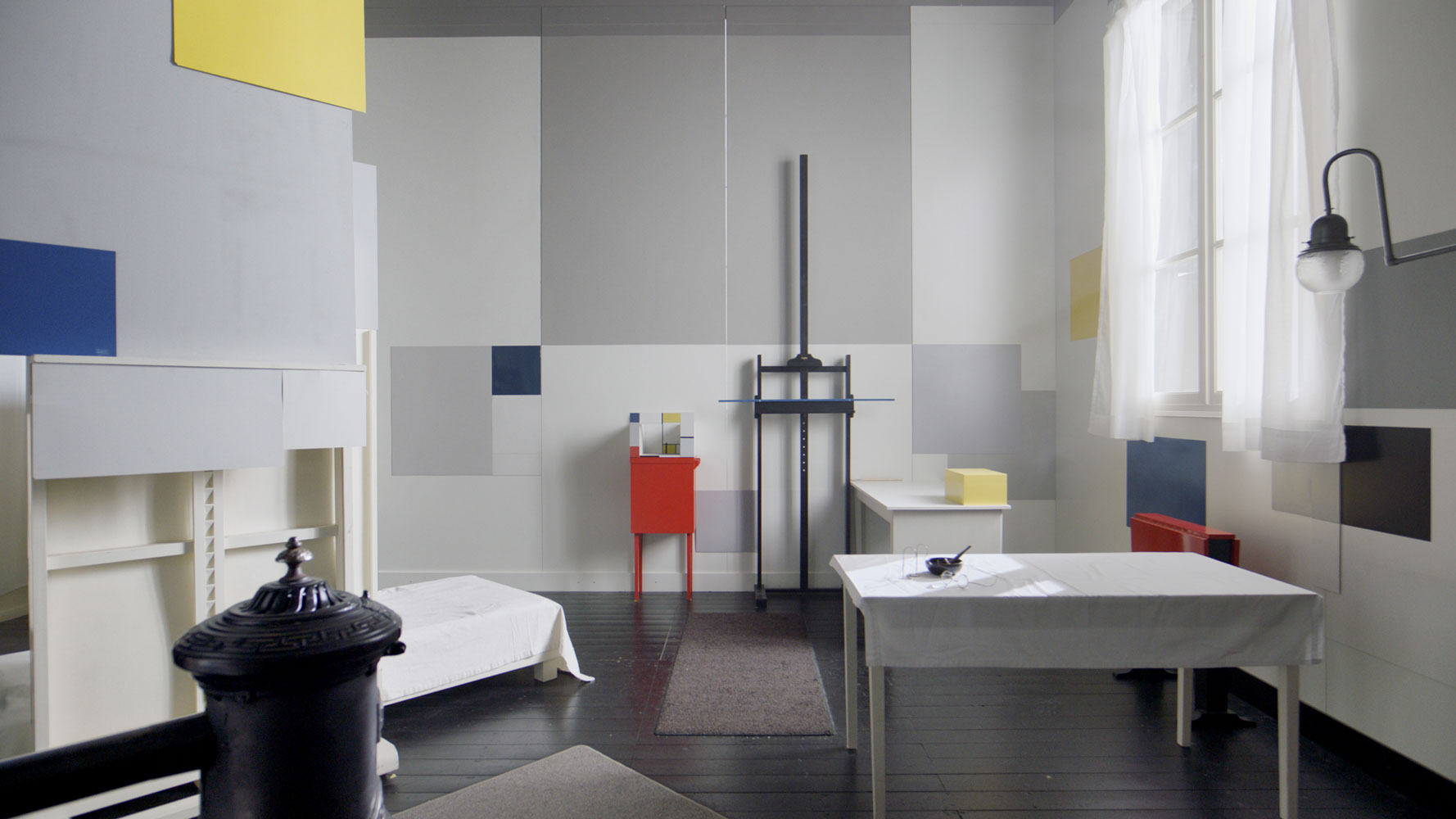
Irish artist John Beattie’s work consists of projections, installations and photography and presents opportunities to reinterpret historical events. He explores the meaning and value of the established interpretations that we hold in our memories. For ‘Reconstructing Mondrian’, he filmed a reconstruction of the Paris studio of Dutch painter Piet Mondrian (1872–1944). As Beattie offers: ‘The traditional and contemporary image of the artist’s studio, and its history, is a dominant theme in my work. For some twenty years I have produced bodies of artwork that interrogate this space. I think that the studio is a practical space that simultaneously embodies historical, cultural and conceptual values. I have acquired various models of studios throughout my career as a practising visual artist. One of my earlier works, Extension Series, involved orchestrated walks where the intention of the work was to extend a studio practice into public space through the act of walking.’ In 2012, Beattie restaged Gustave Courbet’s painting The Painter’s Studio (1854–5), inviting established figures from the Irish cultural sector to re-enact the scene in Courbet’s painting.
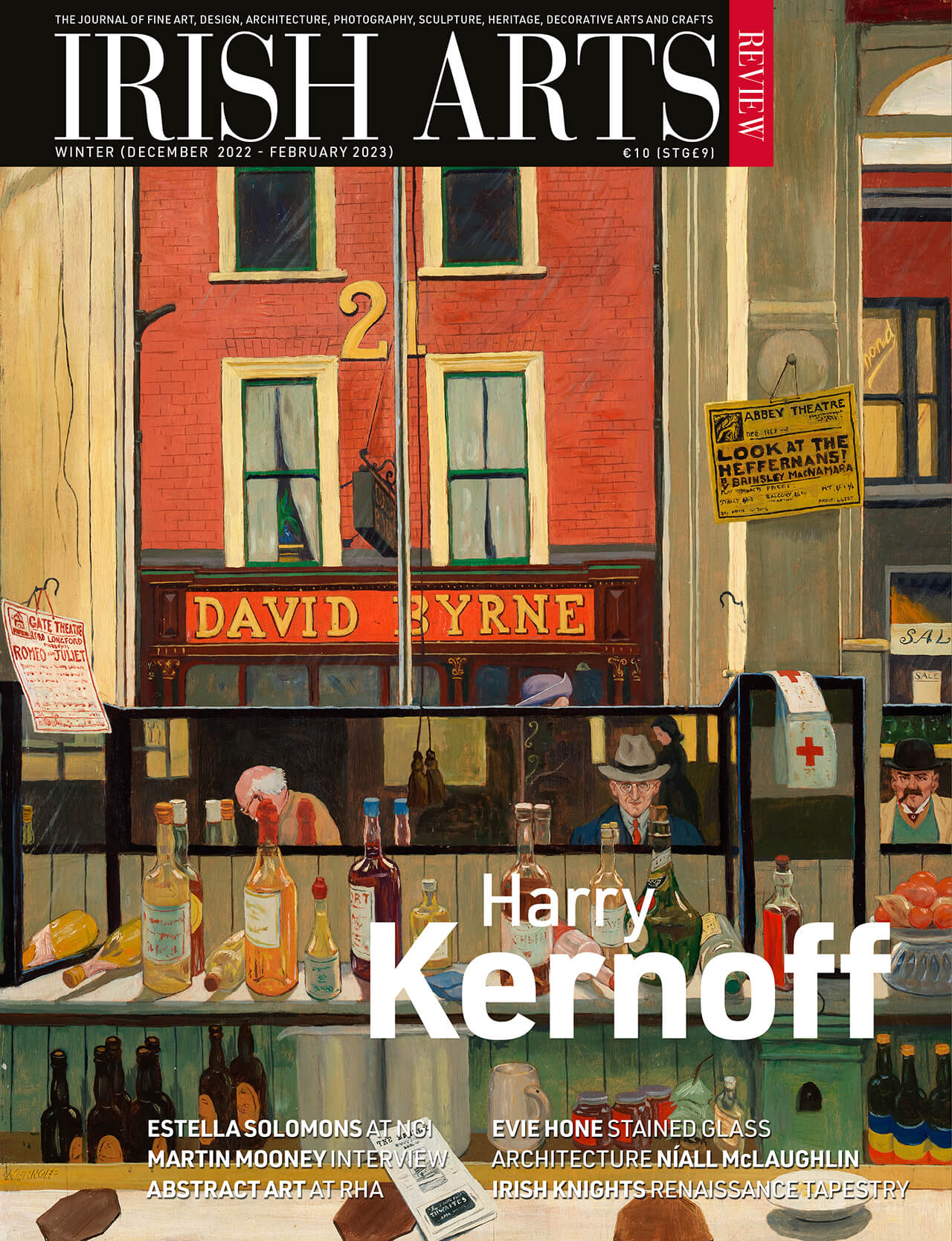
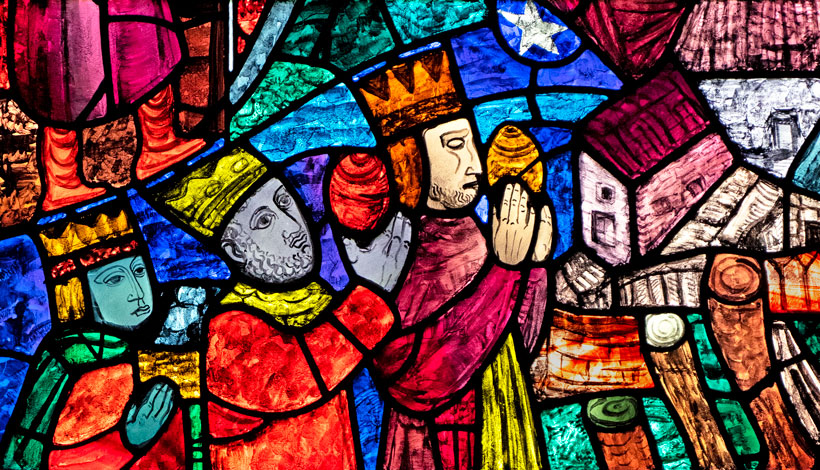
Joseph McBrinn charts the history of Evie Hone’s Tullabeg windows, which illustrate scenes from the life of Christ
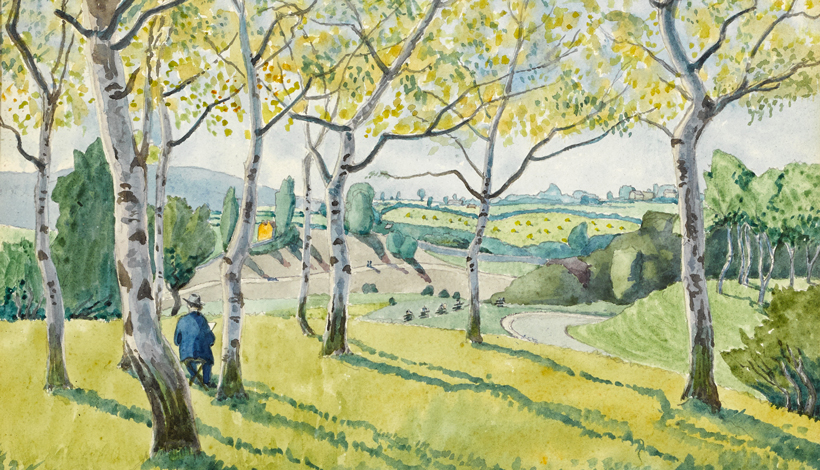
Brian Fallon remembers a modest exhibition that began a love affair with the work of Harry Kernof
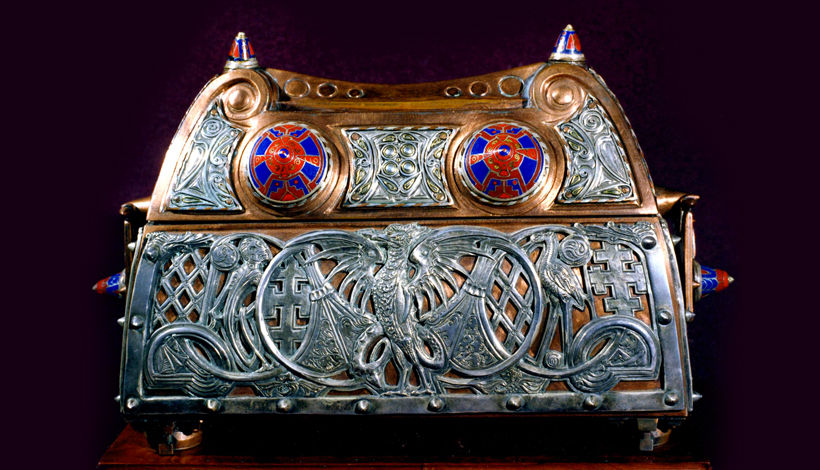
Síghle Bhreathnach-Lynch remembers a leading member of the Celtic Revival, artist Mia Cranwill